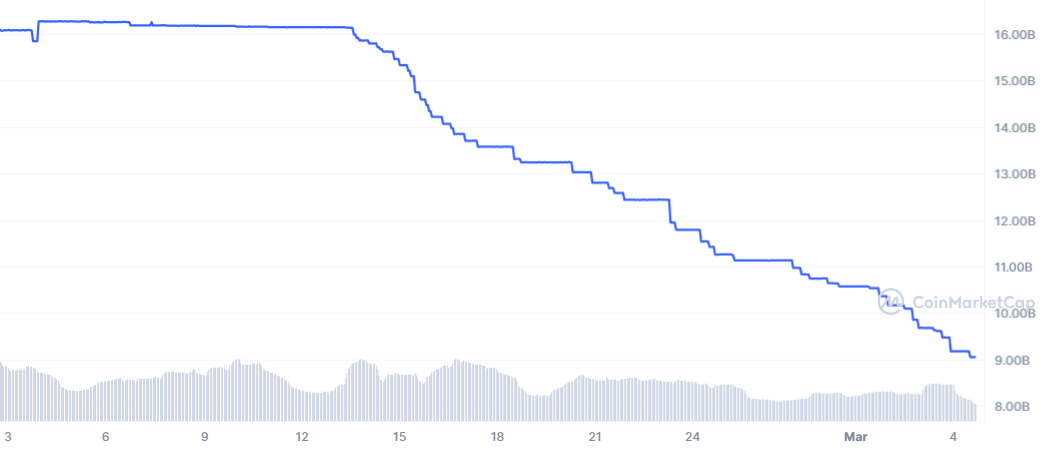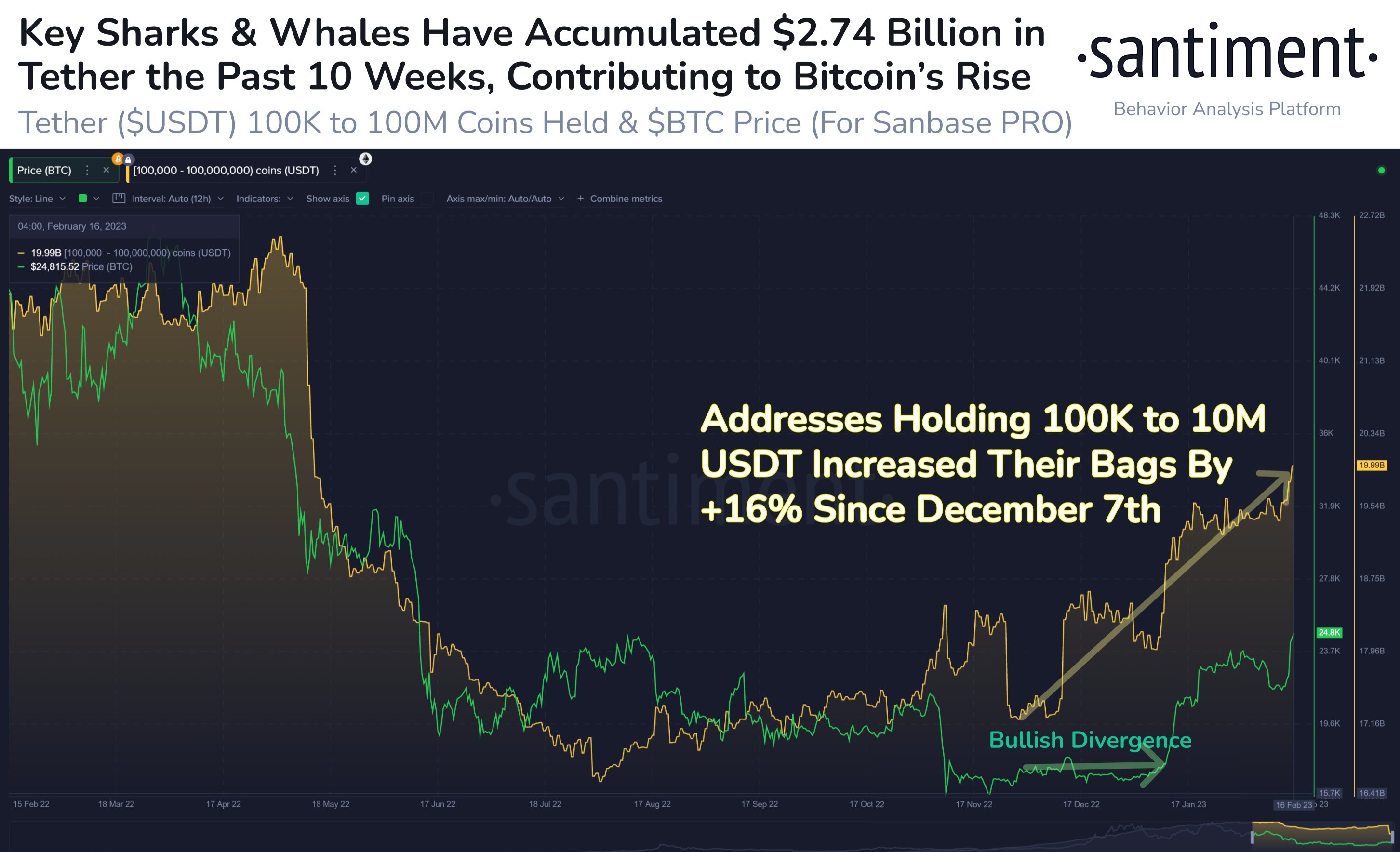Stablecoin Binance USD (BUSD) has suffered a sharp decline in the number of active addresses following regulatory intervention by US authorities.
-
Do not miss: WHERE TO BUY BITCOIN AND CRYPTOMEN
The number of active BUSD addresses is decreasing
According to data from Glassnode The number of active BUSD addresses, based on its seven-day hourly moving average, has fallen to levels not seen since October 23, 2022.

Currently, BUSD is averaging 94 active addresses per hour, compared to an average of over 250 active addresses per hour in late 2022. This represents a drop of 60% and is a significant drop for the token.
Meanwhile, activity on the two largest stablecoins, USDT and USDC, also saw a more modest decline. USDT and USDC fell to 5,242 and 2,291, respectively. The declining number of active BUSD addresses suggests bearish sentiment behind the Binance ecosystem.
Binance USD faces potential regulatory lawsuits
Ecosystem Binance has been shaken in recent weeks. In February, the U.S. Securities and Exchange Commission (SEC) ordered Paxos to stop issuing BUSD. It has also been confirmed that the SEC is planning a major lawsuit against Paxos for violating investor protection laws, with the regulator claiming that BUSD is an unregistered security.
This has caused a stir in the crypto industry as Paxos is the main issuer of BUSD in partnership with the Binance exchange. US exchange Coinbase followed on February 27th with an announcement that it would cease trading BUSD as of March 13th. According to the exchange, the asset no longer meets their standards. Users will no longer be able to trade stablecoins, but their funds will be available for withdrawal at any time.
In this situation, Changpeng Zhao, CEO of Binance, predicted that BUSD volumes would decrease significantly. On February 17, he said that capital was starting to leave BUSD, with most of it being moved to USDT. Since the announcement of the stop order for BUSD, its market cap has fallen by 40% from $16 billion to $9 billion.

This negative development has contributed to the bearish trend of BUSD, with the coin being among the most dumped tokens. Meanwhile, Tether (USDT) appears to be benefiting from BUSD’s current regulatory issues, with its market cap increasing by over 3.%. This trend This was also confirmed by data analytics company Santiment, which said that the number of long-term USDT holders has increased by 16% since the beginning of the year.

The problems with BUSD have spilled over into the crypto market and, combined with other negative news, have caused almost all cryptocurrencies to be in the red this week. and analysts predict that the bearish trend could continue for several weeks.
You might be interested in: 7 FAVORITE WAYS TO BUY A BITCOIN CARD IN 2022











